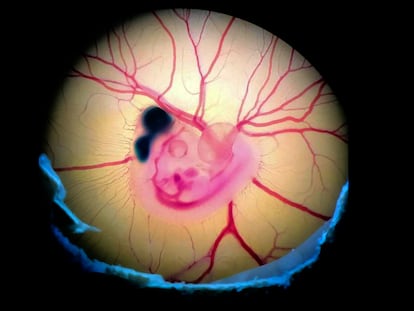
Mammals, birds, and reptiles evolved complex brains through different paths
Three studies of the brain regions responsible for processing sensory information show that their neurons are and communicate differently

Three studies of the brain regions responsible for processing sensory information show that their neurons are and communicate differently
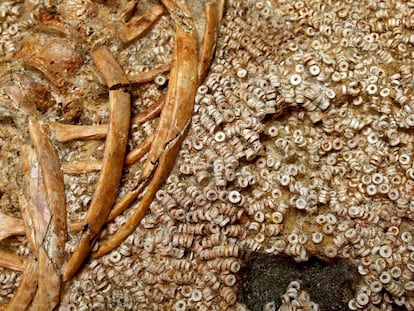
A group of archaeologists describes details of the 5,000-year-old burial of 20 women adorned with perforated beads
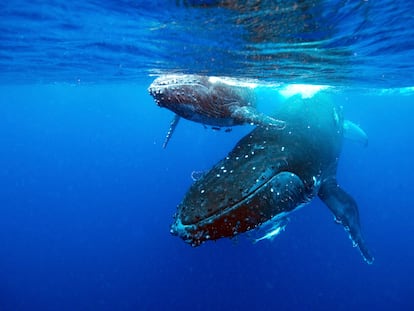
Two studies reveal that the communication systems of most cetaceans examined adhere to the principles of efficiency and economy found in language

Crowds reach a critical point where individual movement is overtaken by a collective dynamic, causing the mass to adhere to Newton’s third law
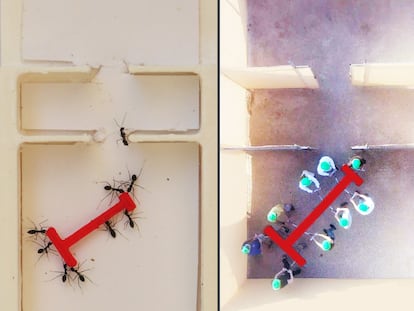
An experiment shows that insects cooperate more efficiently than people under equal conditions

A group of experts claims that a geological event has confused the age of the satellite, which could be up to 180 million years older than previously thought
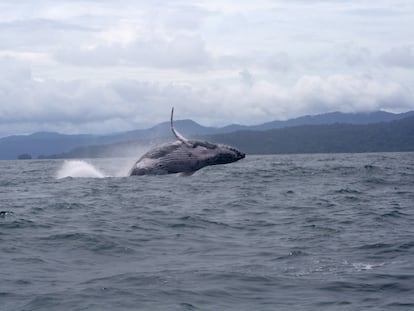
These cetaceans migrate between equatorial waters and the Antarctic to feed, but this male moved from the eastern Pacific to the western Indian Ocean
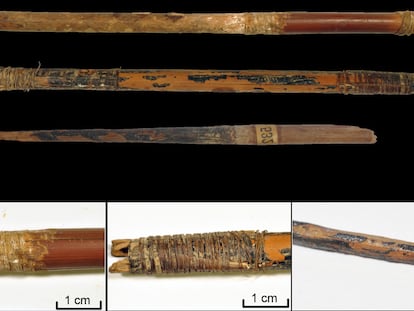
The bowstrings, dating from between 7,200 and 6,900 years ago, are made of braided animal tendons, a technique modern archers still employ

It is expected to take place in August and will further accelerate the growing reduction of the sea ice, according to a study that does not rule out a stay if emissions are reduced

Most of the World Cup venues in North America are at high risk of excessive heat, according to new research

Pachyderm populations have been reduced by up to 90% except in the southernmost part of the continent
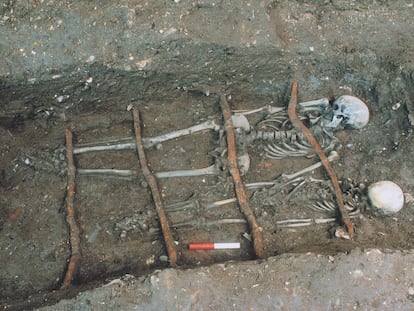
Analysis of the bones of hundreds of medieval Londoners contradicts the current paradox in which women get sick more often but have a longer life expectancy
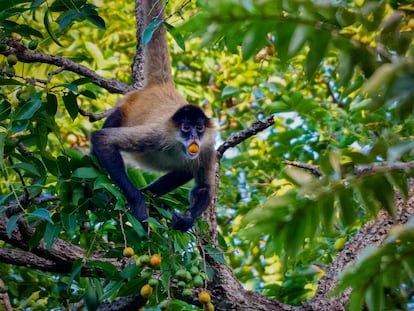
From non-human primates to beetles, dozens of species intentionally ingest ethanol, and even have special enzymes to metabolize it
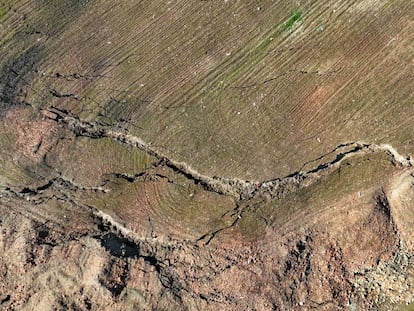
The two tremors shifted the entire Anatolian plate to the west, a phenomenon that necessitates a reevaluation of existing seismicity models
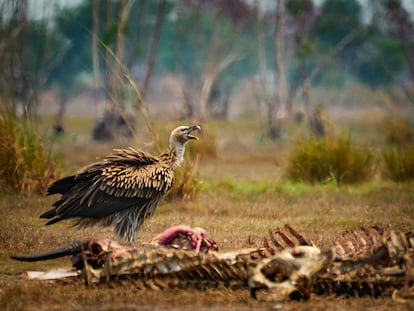
A new study estimates that mankind could wipe out another 1,300 species in the next 200 years, affecting their vital role in global ecosystems

River erosion in its environs explains why the world’s tallest mountain is up to 800 meters higher than the other towering peaks of the Himalayas
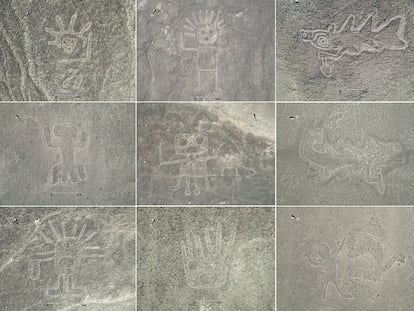
The large number of new shapes, almost as many as those found during the entire last century, allows researchers to offer an explanation about their function

The amount of plastic entering the environment will double by 2040, according to a scientific review that argues for the need for urgent measures
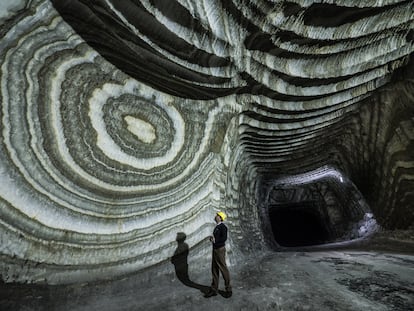
A disconnection with the Atlantic Ocean six million years ago caused a rise in salt concentration, creating a half-mile-thick layer of sodium chloride that caused a regional extinction on a similar scale to that of the dinosaurs
A study of the remains of a necropolis in Treviño show an early case of smallpox and a very reduced North African genetic footprint, unlike the populations in the south of the peninsula
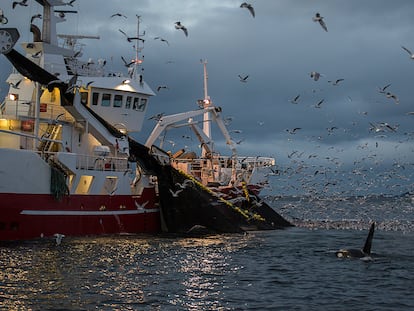
The few mutually beneficial relationships between humans and animals are disappearing, according to experts
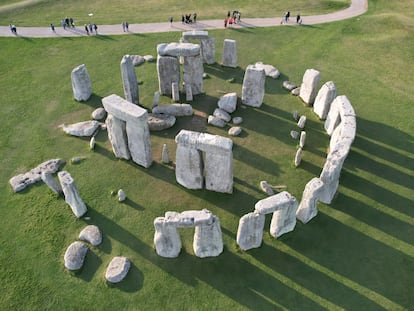
Geologists and archaeologists have identified the origin of the enormous rock in the Orkney Basin and believe it was carried to the south of England along the coast
A new study has found that species surviving under some of the most extreme conditions on the planet are ‘functionally hyperdiverse’

The invention of these tools allowed humans to make multilayered clothing and perhaps even underwear to protect them during in the ice age, argue the authors of a new study
The genome of two dozen specimens shows that the species thrived in isolation on Wrangler Island for thousands of years before suddenly being wiped out

These macaques reduced their chances of dying by almost half after become more accepting of others and of sharing scarce resources
Chemical analysis of several plants ingested only in specific instances show that they inhibit the development of pathogenic strains of bacteria such as ‘E. coli’